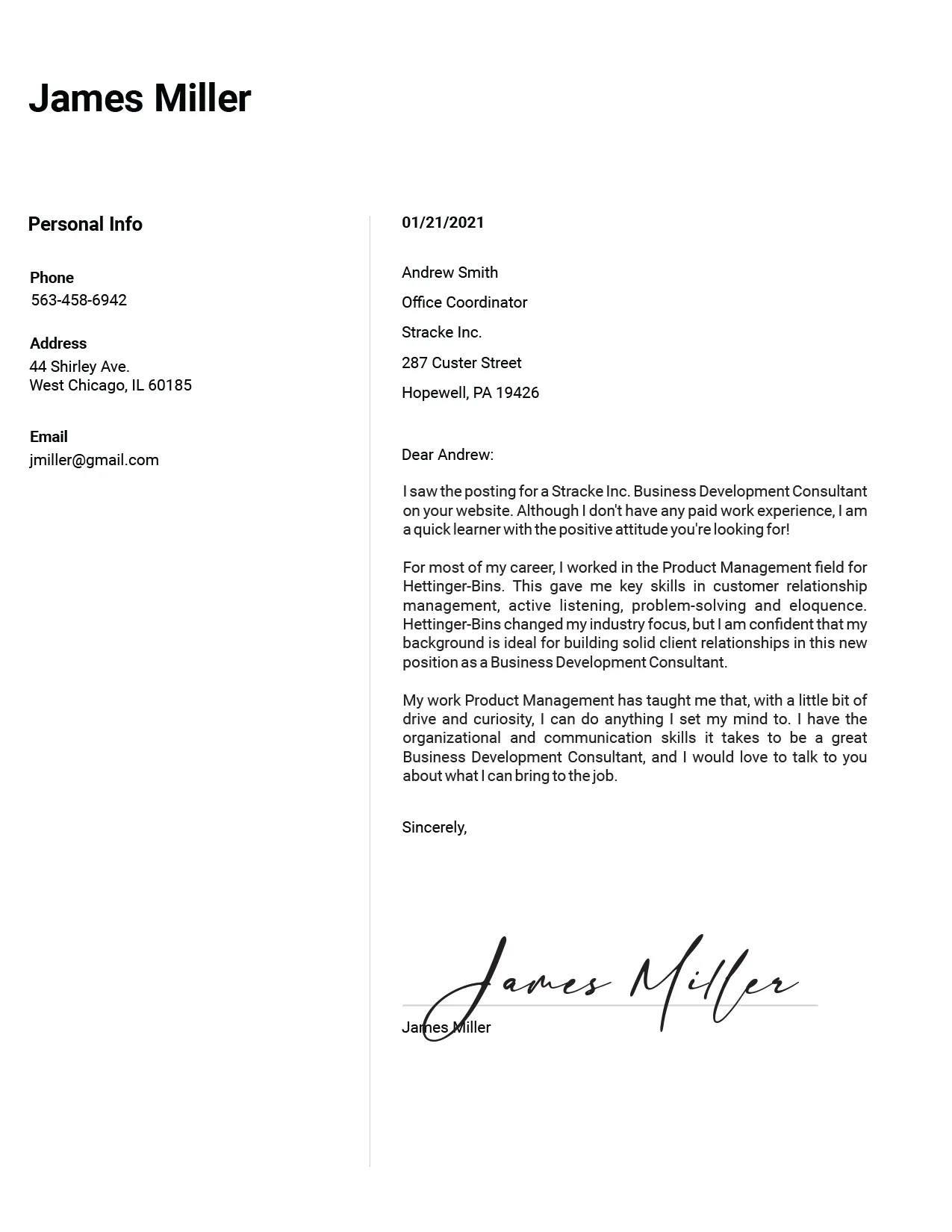What is a Cover Letter
A cover letter is a crucial document accompanying your resume when applying for a job. It serves as a personalized introduction, allowing you to elaborate on your qualifications, skills, and experiences in a way that a resume alone cannot. Think of it as your opportunity to make a strong first impression and persuade a potential employer to consider your application further. A well-crafted cover letter demonstrates your genuine interest in the position and the company, showcasing your personality and writing abilities.
Why You Need a Cover Letter
In a competitive job market, a cover letter provides a significant advantage. It allows you to go beyond the bullet points of your resume and tell a compelling story about yourself. It’s your chance to connect your skills and experiences directly to the specific requirements of the job. Additionally, a cover letter showcases your communication skills, attention to detail, and understanding of the role and company. It demonstrates that you’ve taken the time to research the position and tailor your application, indicating a genuine interest.
Cover Letter vs Resume
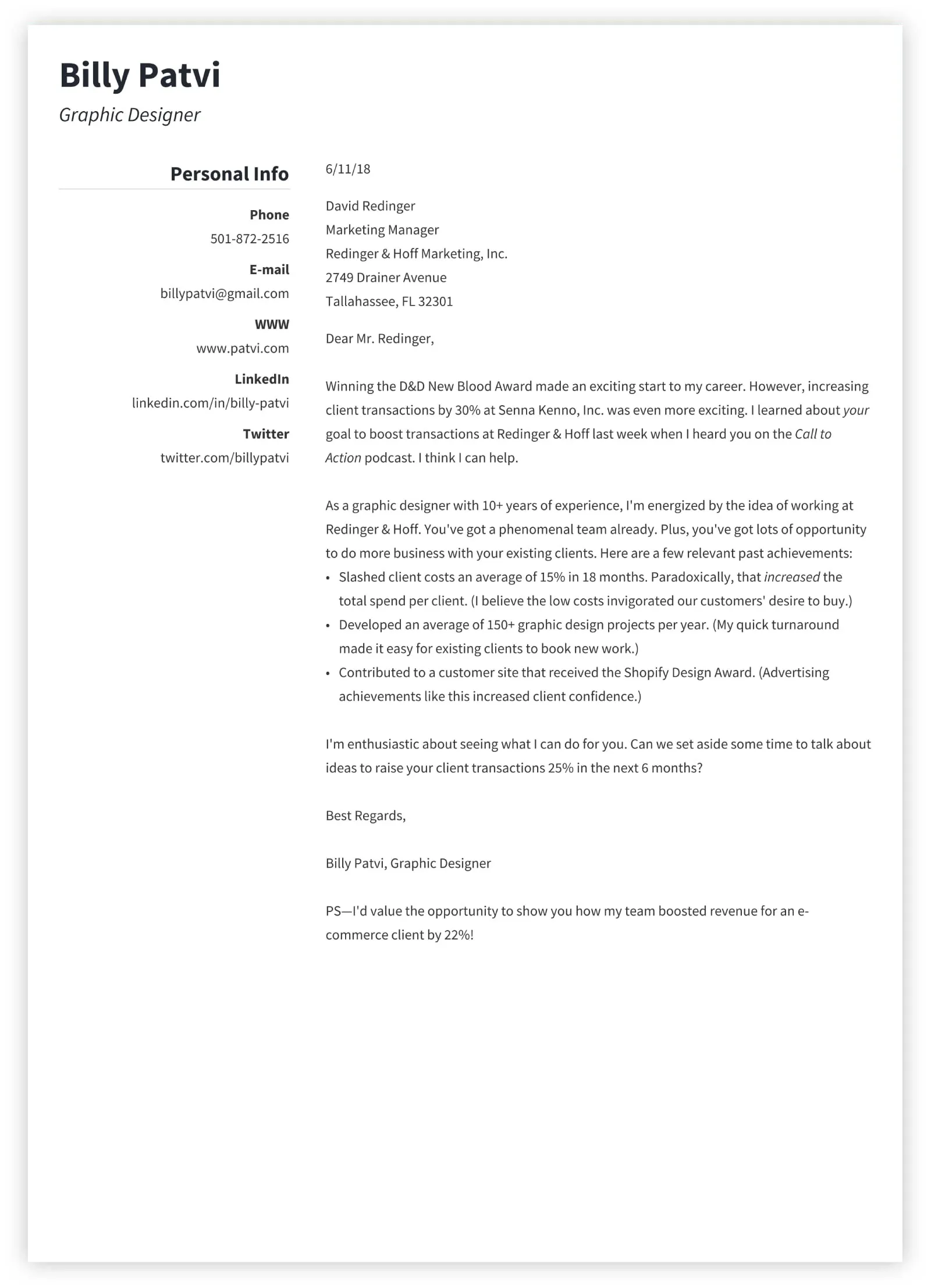
The primary difference lies in their purpose and format. A resume is a concise summary of your professional experience, education, skills, and achievements. It provides a factual overview of your qualifications. A cover letter, on the other hand, is a narrative document. It allows you to explain why you are the perfect fit for the job, providing context and demonstrating your personality. While the resume presents the ‘what,’ the cover letter tells the ‘why’ and ‘how,’ offering a more personalized and engaging introduction to your application.
When to Use a Cover Letter
Always submit a cover letter unless the job posting explicitly states that one is not required. Even when not required, consider submitting a cover letter to show extra effort and interest. In many cases, recruiters and hiring managers expect a cover letter as it provides critical context to your resume. Tailor your cover letter to each job application to demonstrate your understanding of the role and company. This shows that you are not just sending a generic application but are genuinely interested in that specific opportunity.
Cover Letter Format & Structure
A well-structured cover letter is easy to read and highlights your key qualifications. Keep it concise, typically no more than one page. Use a professional font like Times New Roman, Arial, or Calibri, with a font size between 10 and 12 points. Ensure consistent formatting throughout the document. Use clear headings and spacing to improve readability and allow the hiring manager to quickly find the information they need.
Contact Information
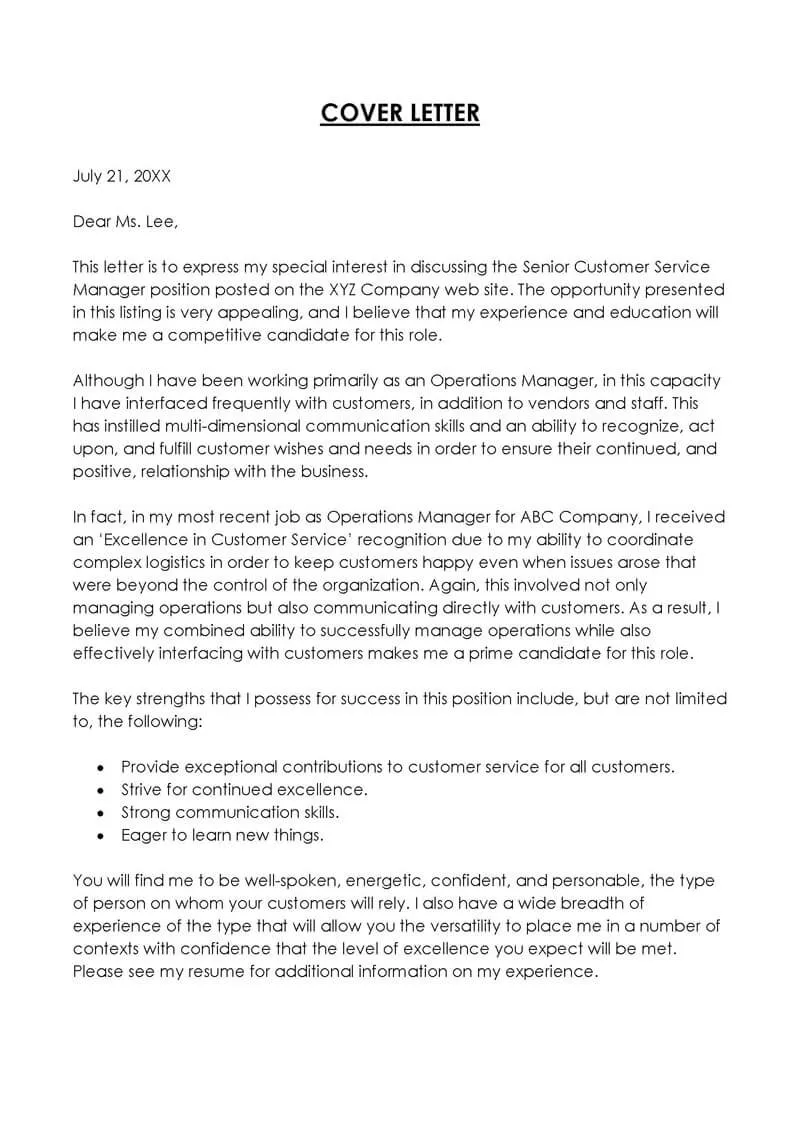
Begin with your contact information at the top, including your name, address, phone number, and professional email address. You can also include a link to your LinkedIn profile or online portfolio. This information should be clearly presented and easy to find.
Salutation
Use a professional salutation, such as ‘Dear Mr./Ms./Mx. [Last Name]’ if you know the hiring manager’s name. If you’re unsure, use a general greeting like ‘Dear Hiring Manager’ or ‘Dear [Company Name] Hiring Team.’ Avoid generic greetings such as ‘To Whom It May Concern,’ which can come across as impersonal.
Opening Paragraph
Start with a compelling opening that immediately grabs the reader’s attention. State the position you’re applying for and where you found the job posting. Briefly mention your enthusiasm for the role and the company. This paragraph should immediately convey your interest and highlight your understanding of the job requirements.
Body Paragraphs
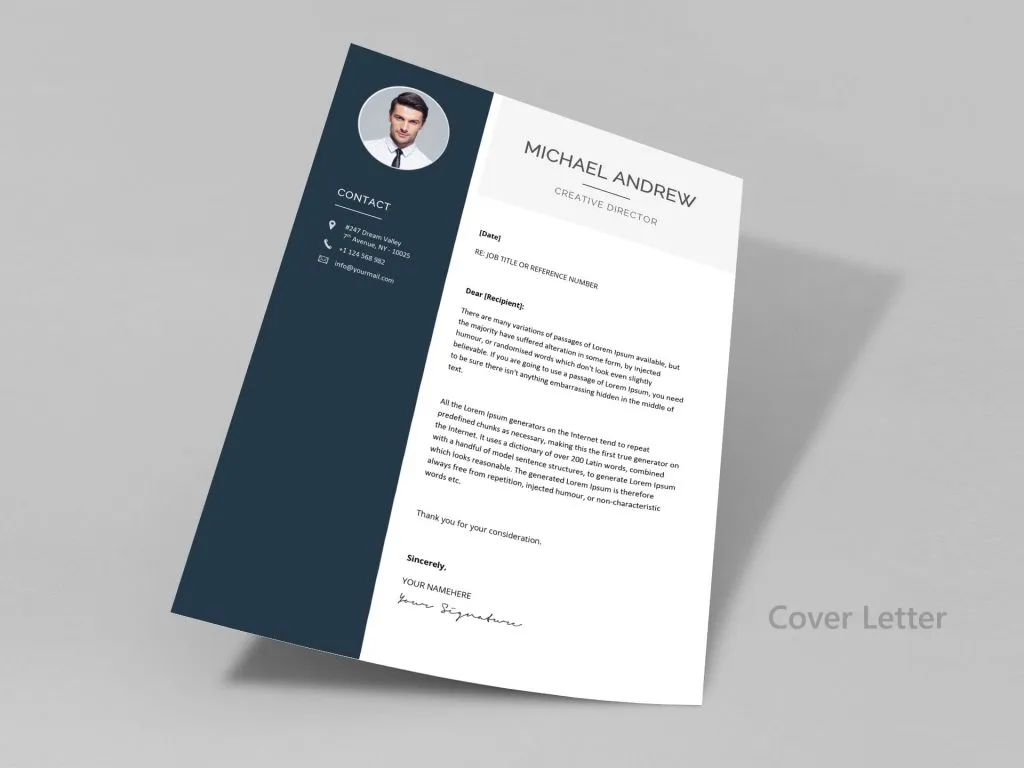
The body paragraphs are where you showcase your qualifications and connect them to the job requirements. Use specific examples to demonstrate your skills and experiences. Explain how your previous achievements align with the role’s responsibilities. Each paragraph should focus on a particular aspect of your suitability for the position, highlighting your key strengths and contributions.
Highlight Your Skills & Experience
Focus on the skills and experiences that are most relevant to the job. Analyze the job description and identify the key requirements. Use the STAR method (Situation, Task, Action, Result) to provide concrete examples of how you’ve used your skills to achieve positive outcomes. Quantify your accomplishments whenever possible to make your impact more tangible and memorable.
Showcase Your Enthusiasm
Express your genuine interest in the company and the role. Show that you’ve researched the company’s mission, values, and recent projects. Explain why you’re excited about the opportunity and how you believe you can contribute to the company’s success. Demonstrating your enthusiasm can set you apart from other candidates.
Closing Paragraph
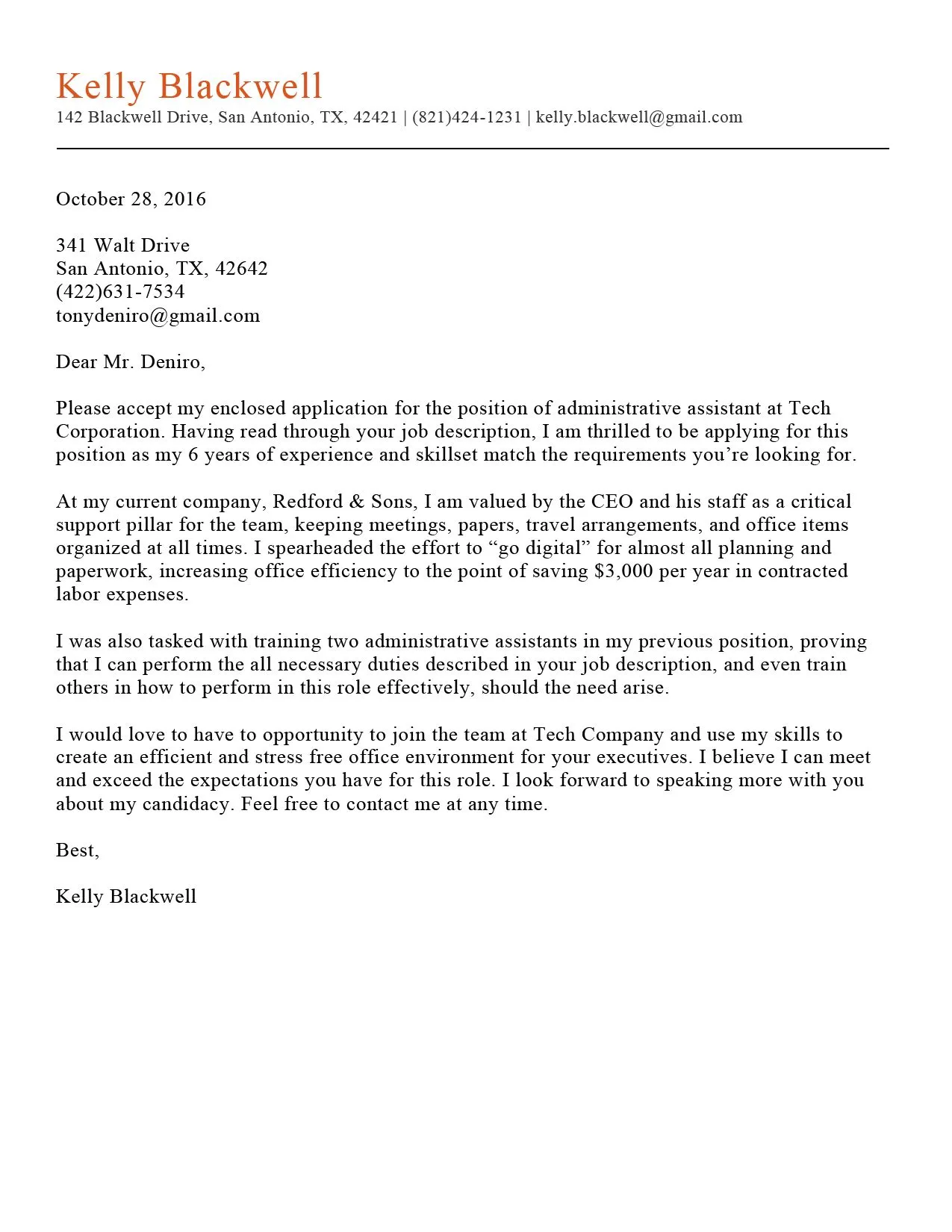
Summarize your key qualifications and reiterate your interest in the position. Express your gratitude for the opportunity to be considered. Keep it concise and leave a lasting positive impression.
Call to Action
Include a clear call to action, such as inviting the hiring manager to contact you for an interview. State that you’re eager to discuss how your skills and experience align with the company’s needs. Make it easy for the hiring manager to take the next step.
Sign-off
Use a professional sign-off such as ‘Sincerely,’ ‘Best regards,’ or ‘Thank you.’ Follow this with your typed name. Ensure a consistent tone throughout the letter and end on a positive note.
Key Elements of a Strong Cover Letter
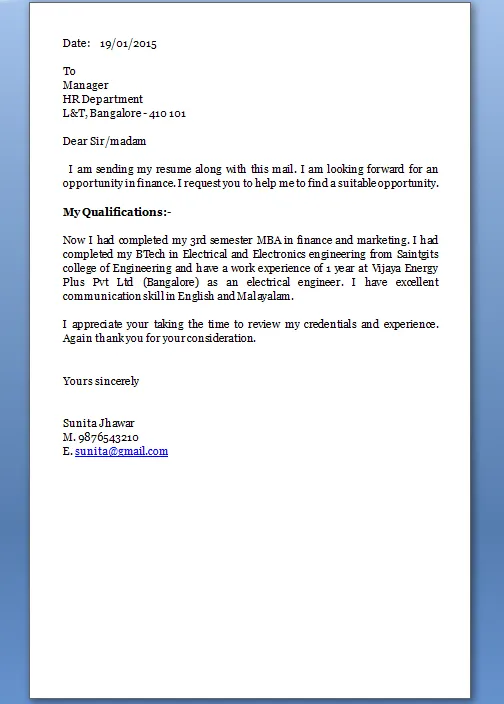
A strong cover letter includes several key elements that help it stand out. It’s essential to customize your letter to each job application, using keywords from the job description and highlighting your relevant skills and experiences. Proofreading and editing are critical to ensure your letter is free of errors and presents you in the best possible light. By focusing on these elements, you increase your chances of making a positive impression.
Tailoring to the Job
Never send a generic cover letter. Always tailor your letter to the specific job and company. Research the company and the role to understand the requirements and expectations. Highlight the skills and experiences that align with the job description, and use examples that demonstrate your relevant accomplishments. Customization shows you’ve taken the time to understand the opportunity and are genuinely interested in the position.
Using Keywords
Use keywords from the job description throughout your cover letter. This helps applicant tracking systems (ATS) identify your application as a good match for the role. Incorporate keywords naturally, without sounding forced or unnatural. This also ensures that your skills and experiences are clearly communicated to the hiring manager.
Proofreading & Editing
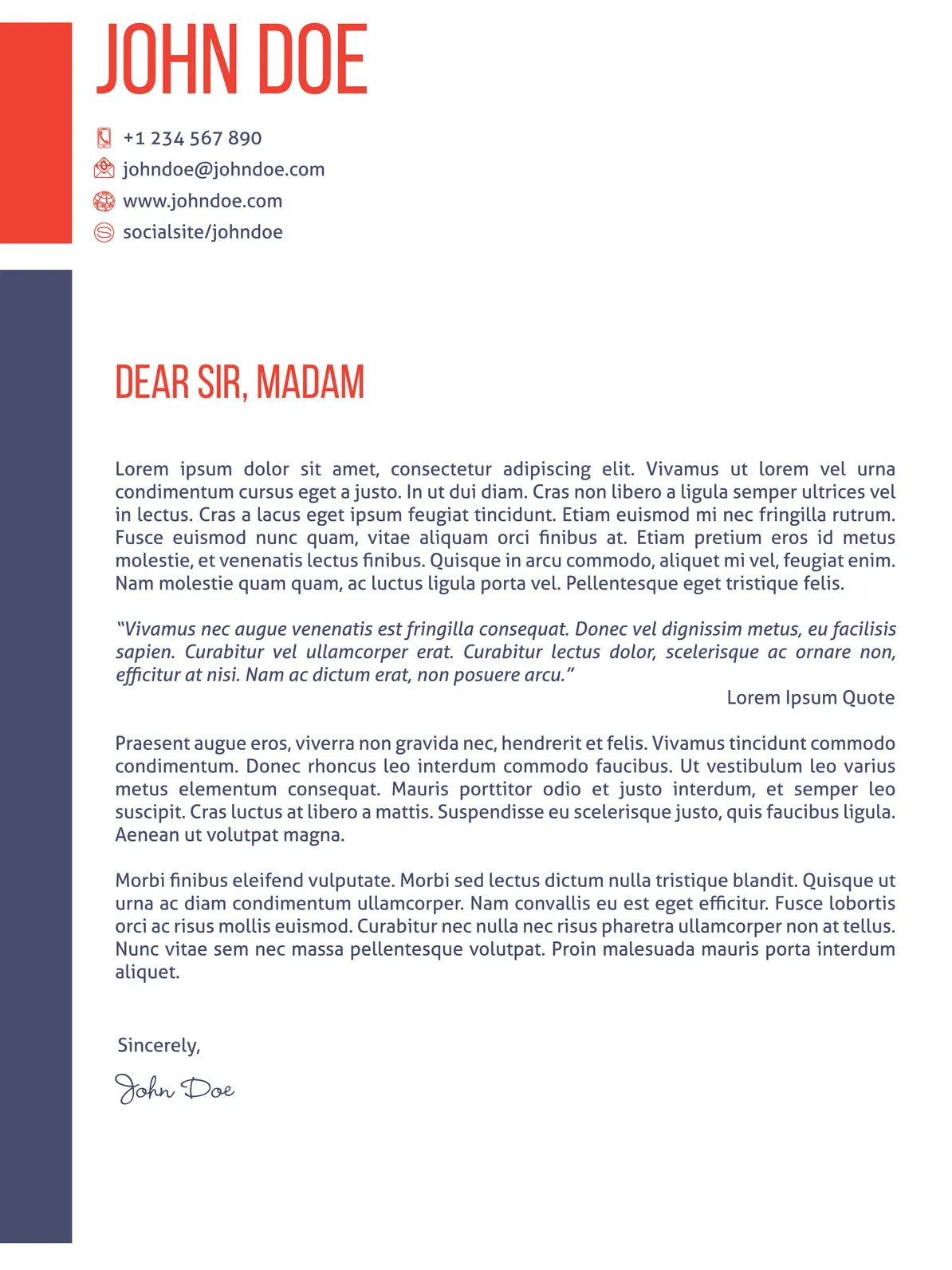
Proofread your cover letter carefully for any grammatical errors, spelling mistakes, or typos. Errors can create a negative impression and suggest a lack of attention to detail. Use grammar-checking tools, but also have a friend or family member review your letter for a fresh perspective. Multiple reviews can help you catch any mistakes that you might have missed. A polished cover letter shows professionalism and attention to detail.
Cover Letter Do’s and Don’ts
Following these guidelines will help you create an effective cover letter that increases your chances of success. Avoiding common mistakes will ensure that your application stands out for the right reasons. A well-written cover letter can make a significant difference in your job search.
Common Mistakes to Avoid
Avoid generic cover letters that are not tailored to the specific job. Do not simply repeat your resume; instead, elaborate on your qualifications and connect them to the job requirements. Refrain from using jargon or overly complex language. Keep the tone professional and avoid sounding overly casual or informal. Do not include negative comments about previous employers or jobs. Avoid typos, grammatical errors, and spelling mistakes.
Best Practices
Always tailor your cover letter to each job. Proofread carefully and have someone else review it. Use keywords from the job description, and quantify your accomplishments with data and numbers. Focus on your achievements and how you can contribute to the company. Maintain a professional tone and keep the letter concise and easy to read. Ensure a clear call to action at the end.
